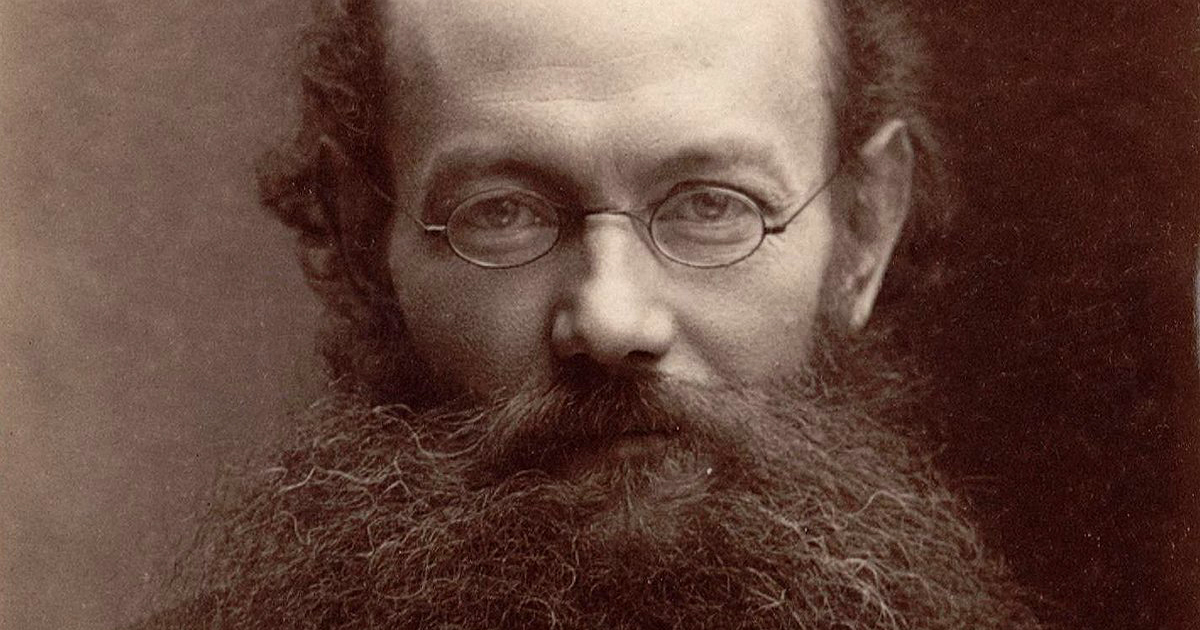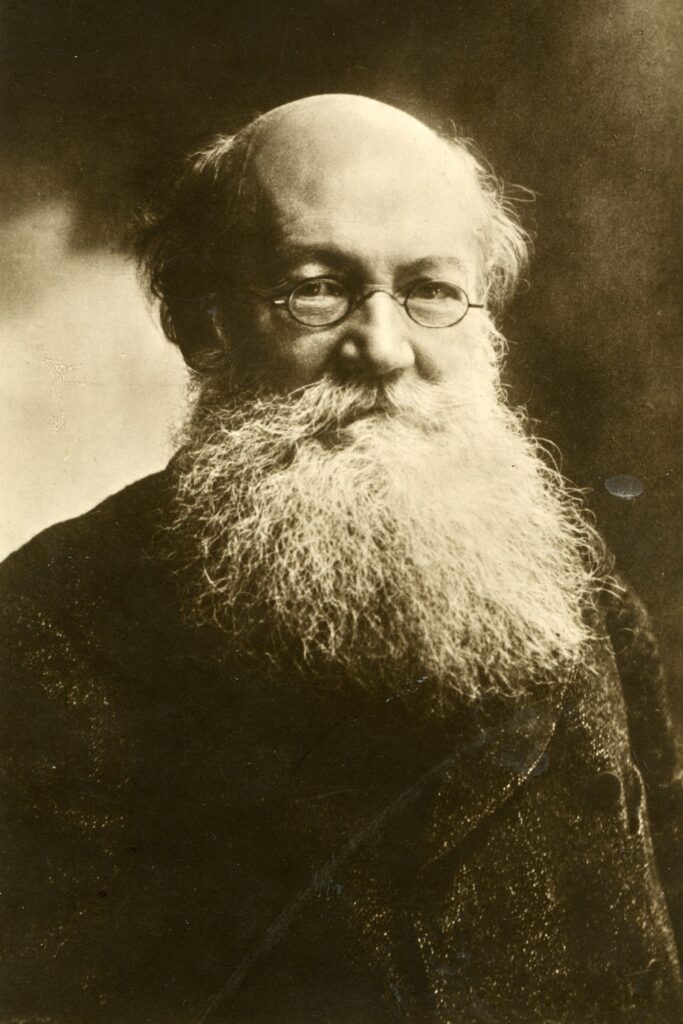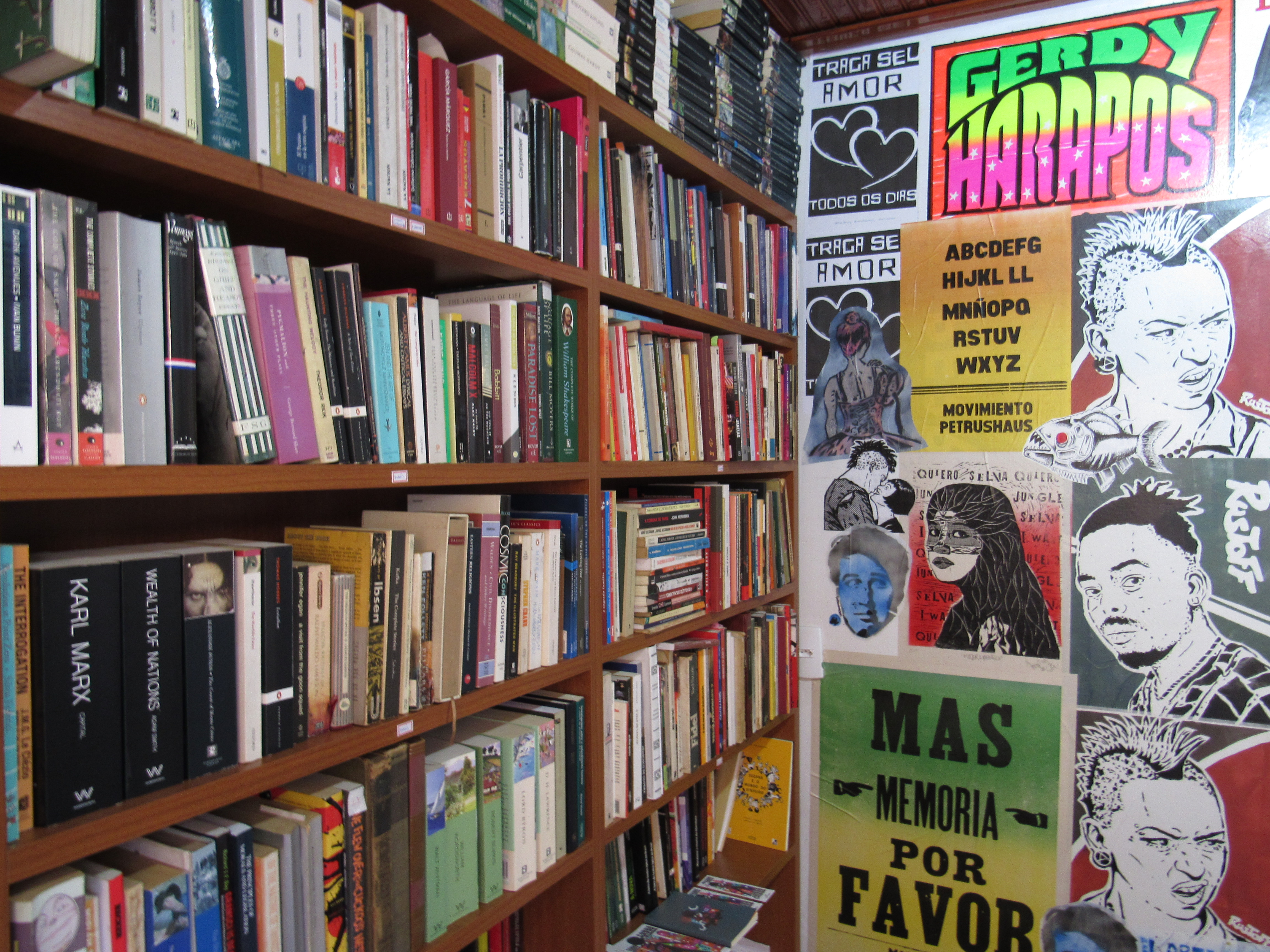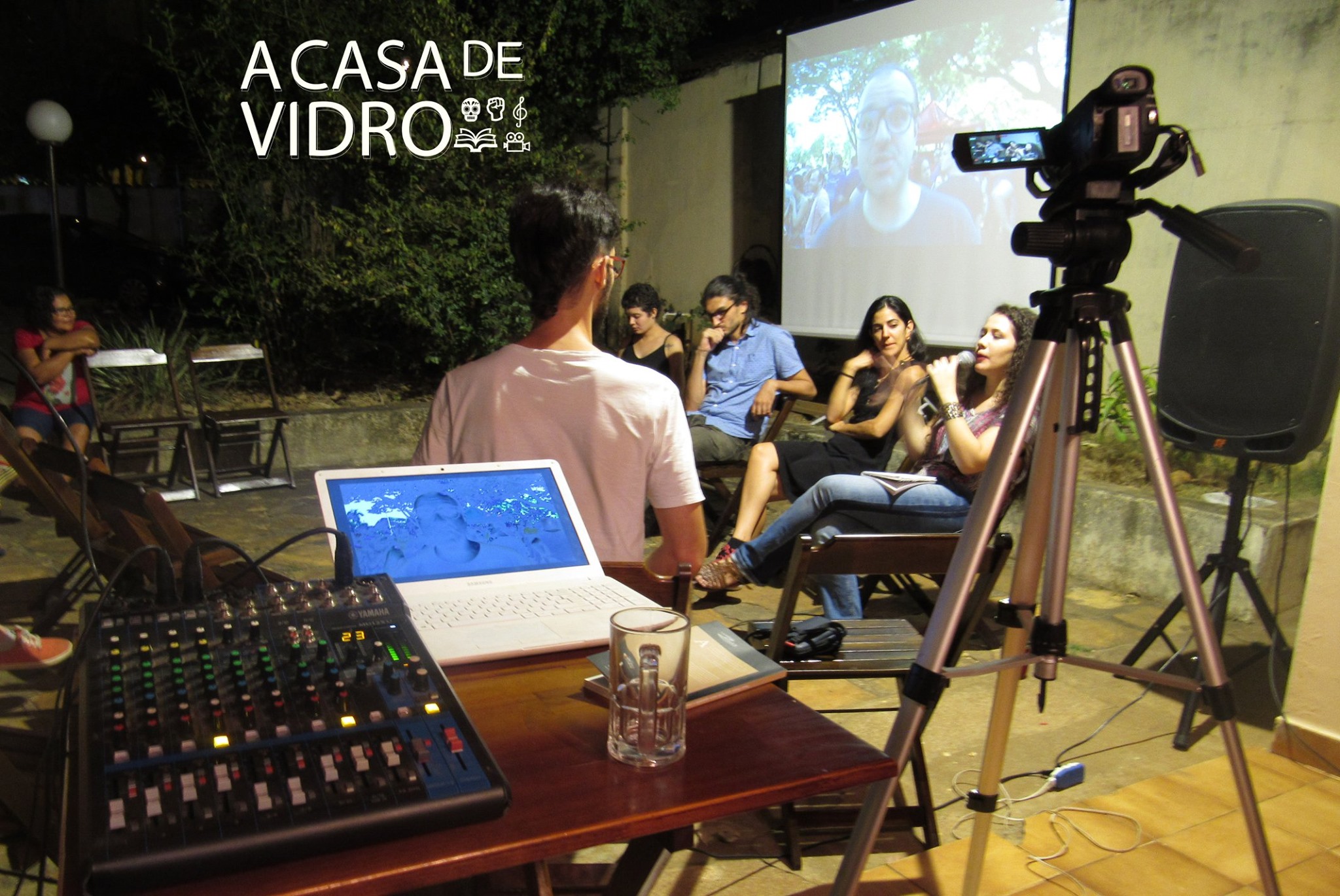
Kropotkin e a crítica do cristianismo historicamente constituído
Não é Nietzsche, mas é dinamite!

“Man no longer needs to clothe his ideals of moral beauty, and of a society based on justice, with the garb of superstition: he does not have to wait for the Supreme Wisdom to remodel society. He can derive his ideals from Nature and he can draw the necessary strength from the study of its life.
One of the greatest achievements of modern science was that it proved the indestructibility of energy through all the ceaseless transformations which undergoes in the universe. For the physicist and the mathematician this idea became a most fruitful source of discovery. It inspires, in fact, all modern research. But its philosophical import is equally great. It accustoms man to conceive the life of the universe as a never-ending series of transformations of energy: mechanical energy may become converted into sound, light, electricity; and conversely, each of these forms of energy may be converted into others. And among all these transformations, the birth of our planet, its evolution, and its final, unavoidable destruction and reabsorption in the great Cosmos are but an infinitesimally small episode – a mere moment in the life of the stellar words.” (pg. 3)
* * * *
“Having originated in the East, Christianity was influenced by Eastern beliefs in one very important direction. The religions of Egypt, Persia, and India were not content with simple humanization of the forces of Nature, as was conceived by the Greek and the Roman heathendom. They saw in the universe a struggle of two equally powerful essences – the Good and the Evil, Light and Darkness, – and they transferred this struggle to the heart of man.
This conception of two antagonistic forces battling for supremacy in the world gradually penetrated Christianity and became its fundamental principle. And then, for many centuries, the Christian Church, in order to annihilate with unspeakable cruelty all those who dared to criticize its henchmen, utilized to the full this conception of the powerful devil who obtains possession of the human soul.
Thus the Church directly rejected the kindness and all-forgivingness which were advocated by the founder of Christianity… And more than that: is its persecution of its antagonists it knew no limit of cruelty. But worst of all was the fact that on becoming transformed into the State Church, official Christianity forgot the fundamental difference distinguishing it from all the preceding religions except Buddhism. It forgot the forgiveness of injuries, and it avenged every injury in the spirit of Eastern despotism.” (pg. 121)
* * * *
“The Christian priests soon became the supporters of the emperors. Property inequality and political oppression remained the same as before, and the mental development of society was considerably lower. (…) In guarding what it considered the purity of faith, and in persecuting what it considered perversion and criminal heresy, the Church soon reached the limit of cruelty in its persecutions of the ‘apostates’. And for the sake of success in this struggle, it first sought and then demanded support from the secular powers, which in turn demanded from the Church a benevolent attitude toward them and a support by religion of their tyrannical power over the people. (…) The movement which began as a protest against the abominations of the ruling power, now became a tool of that power. The blessing of the Church not only forgave the rulers their crimes – it actually even represented these crimes as the fulfilment of God’s will.” (130-31)
* * * *
Later, on the 15th and 16th centuries, when the centralized power of kings and the tsars began to extend over the states that were then forming, the Church never failed to help with its influence and its wealth the creation and expansion of this power, and shielded with its cross such beast-like rulers as Louis XI, Phillip II, and Ivan the Terrible. The Church punished any show of opposition to its power with purely Eastern cruelty – with torture and fire, and the Western Church even created for this purpose a special institution – the ‘Holy’ Inquisition.” (pgs. 121 – 122)
* * * *
“Various people whom the Church included among the saints approved slavery, and St. Augustine even vindicated it, asserting that sinners became slaves in punishment for their sins. Thomas Aquinas asserted that slavery is a ‘divine law’. Only with the beginning of the Crusades could the slaves be liberated from their masters by sewing a cross to their sleeves and going to the East for the conquest of Jerusalem. The Church was followed openly or tacitly by most philosophers. Only in the 18th century, on the eve of the French Revolution, were voices of the freethinkers raised against slavery. It was the Revolution and not the Church that abolished slavery in the French colonies and serfdom in France itself. (…) In 1863 the abolition of slavery took place in the ‘deeply religious’ United States. After a bloody struggle with the slave-owners, the slaves were proclaimed free; they were given for their subsistence, however, not even an inch of the soil that they had cultivated.” (p. 127)
* * * * *
P. KROPOTKIN (1842-1921). “Ethics: Origin and Development”. Black Rose Books. Montréal, Canadá, 1992.
Publicado em: 29/03/25
De autoria: Eduardo Carli de Moraes




